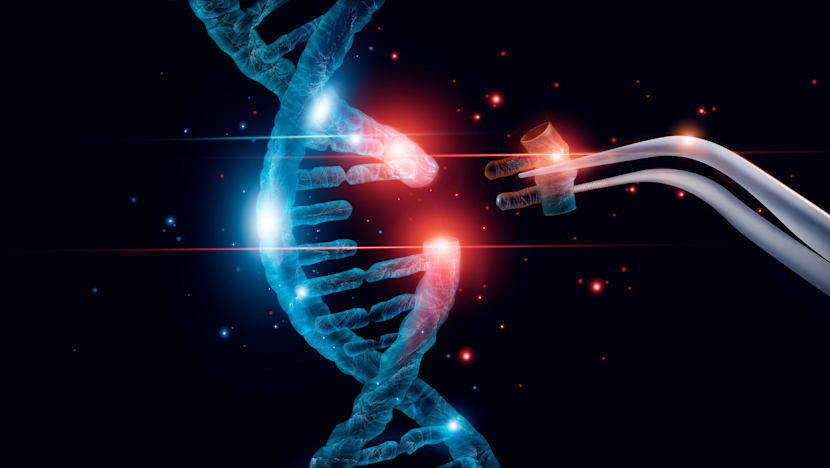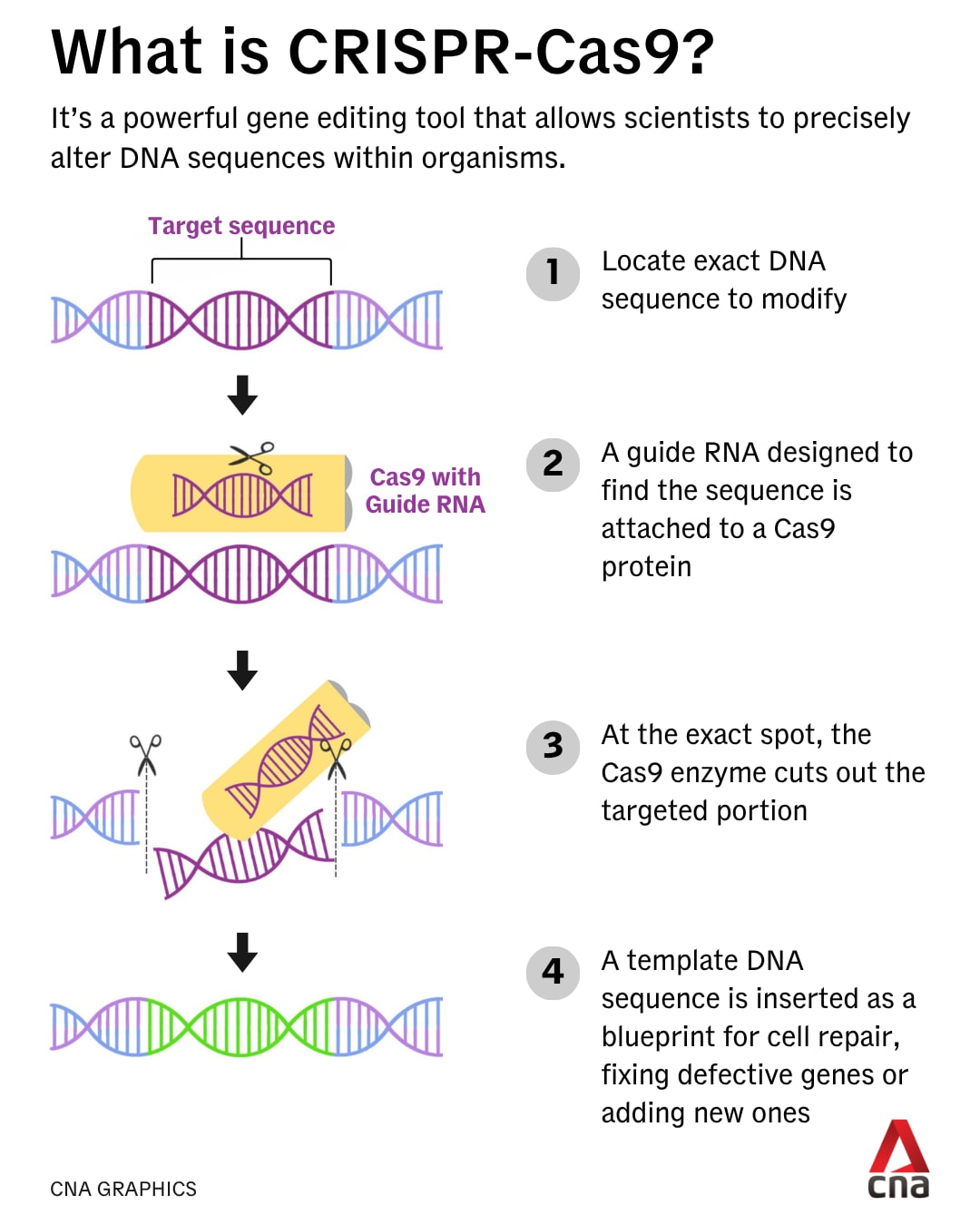Gene therapy could become mainstream in Singapore by 2030s, but ethical concerns remain
In a first for adults in Singapore, scientists are conducting gene editing trials on heart patients to correct defects at their genetic source.

Researchers are studying how to treat genetic diseases at earlier life stages, potentially even before birth. (Image: iStock)

This audio is generated by an AI tool.
SINGAPORE: Within the next decade, gene therapy could offer effective treatments for more patients with genetic diseases.
Medical researchers in Singapore are actively studying gene editing approaches for heart conditions and blood disorders – and some are even investigating ways to treat foetuses in the womb.
For instance, there is no current cure for patients diagnosed with transthyretin amyloid cardiomyopathy, a rare genetic heart disease. But gene therapy offers new hope for these individuals.
In Singapore, scientists are conducting gene editing trials on adult heart patients to correct defects at their genetic source.
If approved, it could mark the nation's first commercial use of CRISPR-Cas9, a type of gene editing technology, on humans.

“It is groundbreaking, it is exciting, and it might pave the way for future gene editing trials for other conditions,” said Assistant Professor Lin Weiqin, clinical director of the National University Heart Centre Singapore’s Heart Failure and Cardiomyopathy Programme.
He added that these other conditions could be those as common as high cholesterol, hypertension, obesity and diabetes.
Dr Lin said the study is three to four years from completion, and gene therapy could become mainstream by the 2030s.
What is CRISPR-Cas9?
Originally derived from a natural genome-editing system that bacteria use to defend against viruses, scientists have adapted CRISPR-Cas9 into a powerful tool for editing DNA.
The technology has been used mainly in blood cancers or paediatric neuromuscular diseases.
First, scientists identify the DNA sequence they want to alter.
A “guide RNA” is designed and attached to a Cas9 protein. The RNA guides the Cas9 enzyme to the exact spot in the DNA, where the protein then acts as a pair of molecular scissors, snipping out the targeted portion.
Once the DNA is cut, the cell will naturally heal by trimming the broken ends and joining them back together. But this repair process can result in an unusable gene.
Instead, scientists introduce a separate sequence of template DNA – a blueprint that helps guide the rebuilding process. This can repair a defective gene or even insert a new one.
The technique enables scientists to target almost any gene in the genome, including those responsible for diseases.
However, the long-term effects of this technology are still being studied.
POTENTIAL USE
Researchers are also studying how to treat genetic diseases at earlier life stages, potentially even before birth.
Senior maternal fetal medicine consultant Citra Mattar from the National University Hospital’s Department of Obstetrics & Gynaecology said a main focus is safely correcting abnormal gene mutations in a child or foetus before the onset of disease.
“When the recipient is well, we can expect the therapeutic outcomes to be better compared to when a person already has a lot of the disease burden, in which case the therapeutic effect may be limited,” said Associate Professor Mattar.
However, researchers caution that patients enrolling in early-stage trials must understand that gene therapy is largely irreversible, and long-term side effects remain uncertain.
For in-utero gene therapy, mothers may also suffer from side effects when the foetus is being treated. This is still currently being studied in research settings.
ETHICAL CONCERNS
But as scientists push the boundaries of what gene editing can achieve, ethics experts are urging caution, warning that strong safeguards must accompany these advances.
Singapore’s Bioethics Advisory Committee (BAC) released new guidelines for the industry at a conference last week.
It advises that embryos used for research should not be allowed to develop beyond 14 days, due to ethical, social and legal considerations.
Scientists say that at 14 days, embryos start developing a more “human-like” structure.
The BAC also discourages editing genes in ways that could be inherited by future generations, given the unpredictable long-term consequences.
“(Any) potential application to embryos or gametes – the sperm and egg, might be inherited by future generations,” said Assistant Professor G Owen Schaefer from the National University of Singapore’s Centre for Biomedical Ethics.
“If something goes wrong, it doesn't just affect that particular individual. If they go on to have children, it will affect future generations in ways we cannot accurately predict.”
He advised relying on proven methods to reduce the risk of inherited genetic diseases until gene editing becomes more advanced and reliable.
“It's better to stick with the more certain, safer methods and wait until the science is more mature before proceeding with riskier approaches at the embryonic level,” he told CNA’s Singapore Tonight programme.
















